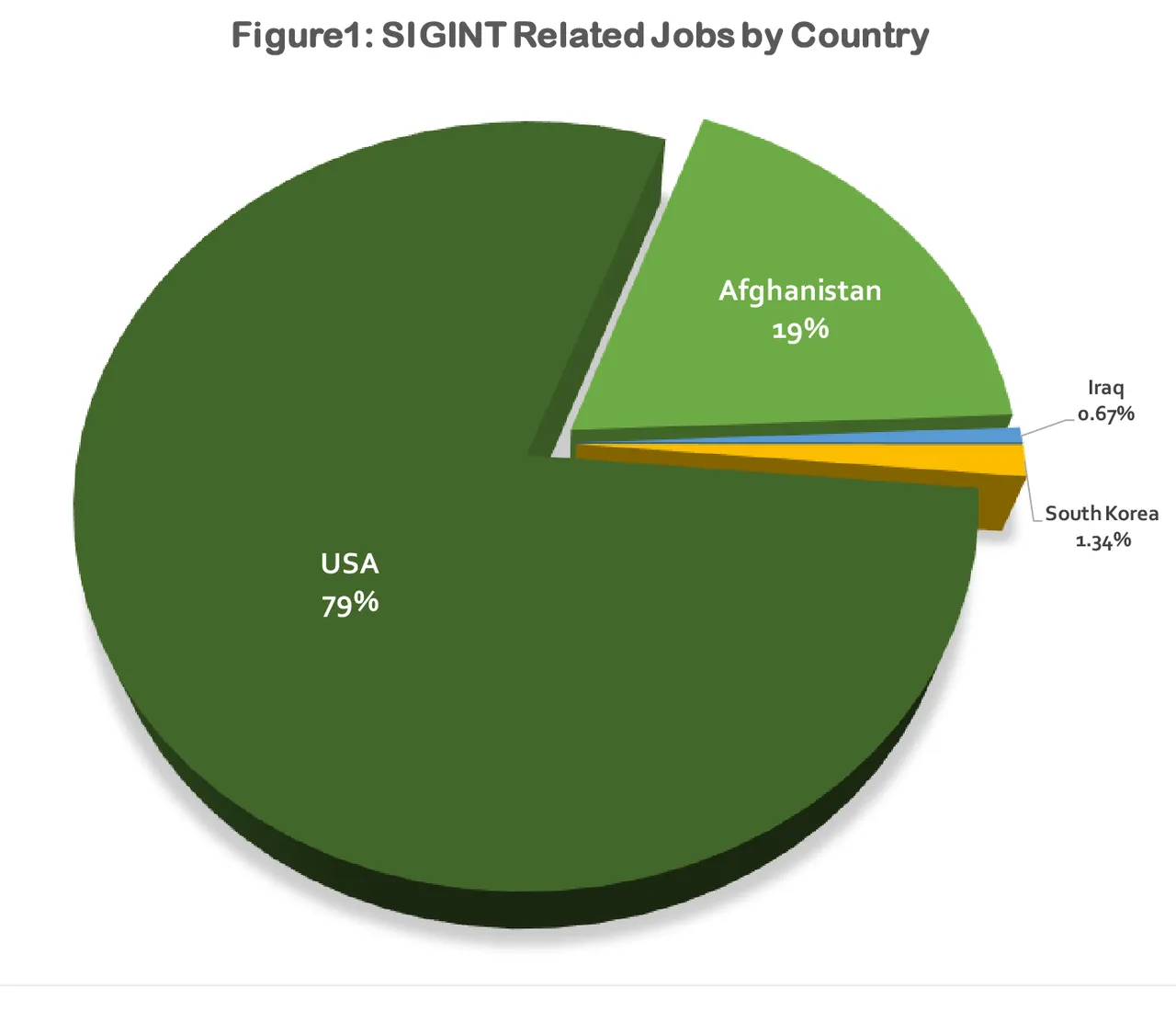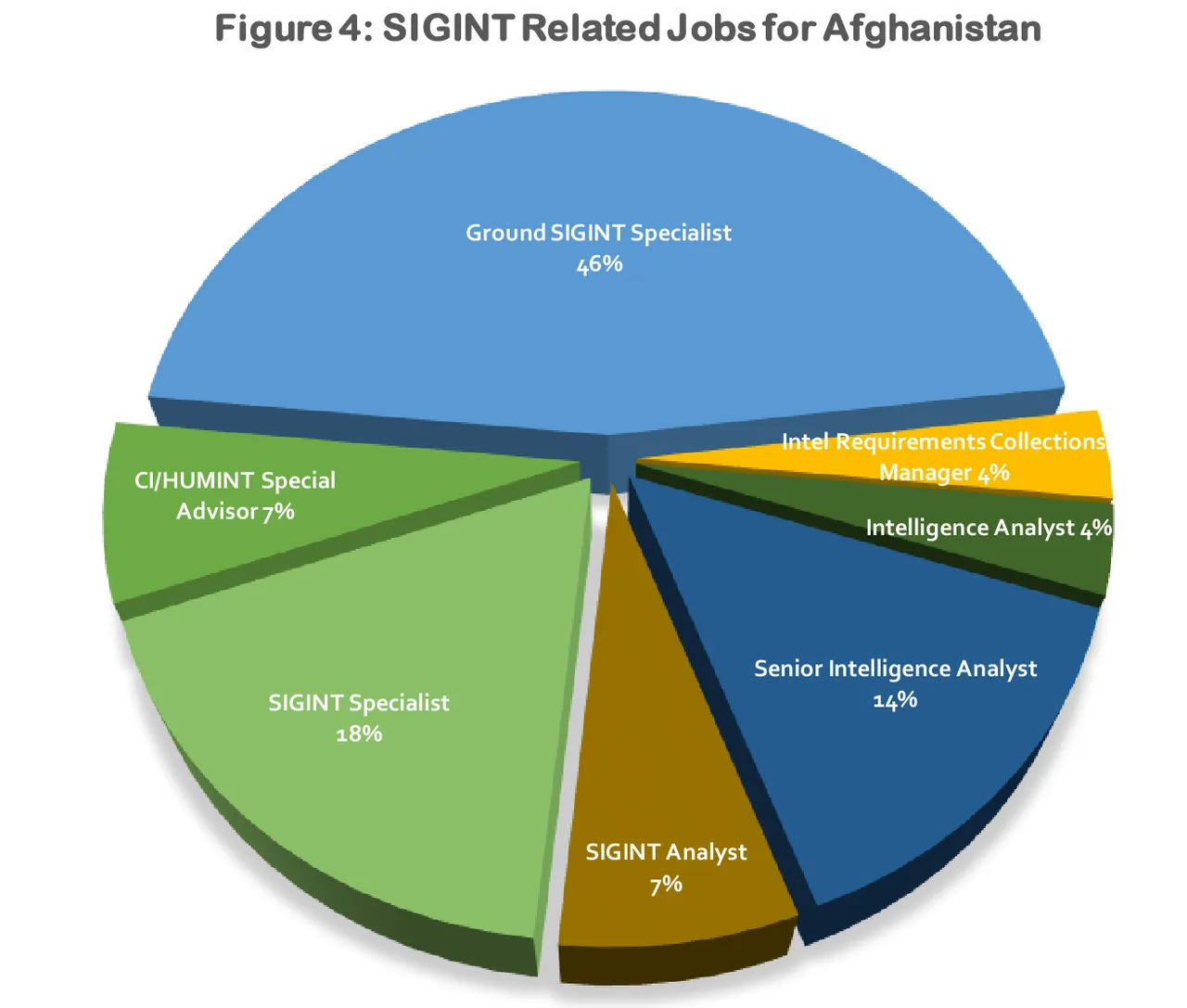One of the most interesting findings that have come out of the analysis work that Suzi Dawson and Elizabeth Lea Vos have done on the Snowden SIDtoday documents that The Intercept has released so far has been to shine a light on how the NSA acts internally just like any other mundane large scale corporate or government bureaucracy. Their Decipher You series on YouTube reveals human interest stories about overseas trips and the excited first impressions of new hires. Occasional staff complaints feature with the standard corporate managerial non-response aimed at dismissing and reasserting corporate unanimity.
Another key finding is the degree to which the NSA has adopted both the customer service mantra of corporations and the predilection for outsourcing non-core specialist corporate center functions. For instance, given the ostensible sensitivity of much of their data, many people in the street might be surprised to find that the spy agencies have outsourced many IT services. In fact, in 2001 the NSA signed a deal with Computer Sciences Corporation (CSC) which was reported to be worth in excess $5B or more across the 10-year contract; this CSC contract was later extended with US$528M contract in 2007. More recently, the intelligence agencies (mainly the CIA and NSA) have signed a $600M deal with Amazon for “Amazon Web Services Secret Region”, which is a cloud storage service designed to handle classified information.
If they can outsource something as mission critical as IT, then there are lots of other so called “non-core” functions that can be contracted out as well.
So, where does the US government get its spies? Well, just like many corporations and government departments, it seems the US defense and intelligence agencies have also outsourced at least some of their recruitment to an online career site run by the military contractor CACI. According to its website, CACI is a:
“Fortune 1000 company in the business of providing information solutions and services in support of national security missions and government transformation for Intelligence, Defense, and Federal Civilian customers… With approximately 18,600 employees worldwide, CACI provides dynamic career opportunities for military veterans and industry professionals to support the nation’s most critical missions. Join us!” Source: http://www.caci.com
Among the range of defence and governmental jobs listed on CACI’s career site at the end of January 2018, there were some 149 roles that were in some way related to signals intelligence (SIGINT) functions or mentioned the term in the role description. This included roles such as:
| Job Title | Location | Clearance | Category |
|---|---|---|---|
| SIGINT Geospatial Analyst | Hanover, MD US | TS/SCI | Intelligence |
| Intelligence Analyst, JAST | Reston, VA US | TS/SCI | Intelligence |
| Operations Support Specialist- Relocation Options Available | Austin, TX US | TS/SCI | Engineering and Technical Support |
| Senior Intelligence Analyst | Bagram, PAR AF | TS/SCI | Intelligence |
| Ground SIGINT Specialist | Bagram, PAR AF | TS/SCI with Polygraph | Intelligence |
| Technical Project Delivery Manager | Austin, TX US | TS/SCI | Information Technology |
These job listings tell us quite a bit about the nature of the jobs and roles in the operational levels of the defense and intelligence agencies concerned, such as:
- A high-level description of each role
- Role responsibilities
- Security levels and clearance status required
- Skills, education and experience required for each role
- Key systems used
- Languages required
- Location – facility, city, state, country
- Job category – business development and marketing, engineering, engineering and technical support, information technology, intelligence, training, language services, project and program management, or science.
They even describe some of the physical hardships these employees may expect to face in the workplace—surprisingly and, perhaps disappointingly to many of us, these do not include being shot, blown up or assassinated by drone! Rather, we find that a Farsi Language/Analyst might expect “normal demands associated with an office environment. Ability to work on computer for long periods and communicate with individuals by telephone, email and face to face.” As well as these rigors, a journeyman IED and Insurgent Network Intelligence Analyst may find that some travel is required and that they may have to “spend a lot of time standing due to laboratory conditions.”

These roles are mainly categorized as Intelligence (59%), with Training (14%), Language Services (5%), Engineering (9%), Engineering and Technical Support, and Information Technology (8%) making up the bulk of the remainder (see Figure 2).

When the job categories are broken down by the job location (Figure 3), it is interesting that while the US roles are spread across the job categories, all SIGINT related jobs for Afghanistan and Iraq are categorized as Intelligence. This likely reflects the operational nature of these front-line jobs.

Indeed, as Figure 4 shows, the roles being sought for Afghanistan are mainly SIGINT Specialists and Analysts, and Intelligence Analysts.

This focus on resourcing for Afghanistan likely reflects the current state of the war there with the Taliban making big overtures in over 70% of the country and possibly reflects a problem with staff recruitment and retention in this theater of operations.